A vivid city by nature, alive with cultural richness and urban grit, Rio de Janeiro is a destination that travellers fall in love with. Sparkling beaches, green mountains, and vibrant streets make up a tapestry unique to the city. The traditional music and cuisines beckon a festive atmosphere that welcomes travellers from different continents. Adventure seekers, history buffs, and those looking for some quiet rest can find plenty to do here. The city’s pulse will have the tourists hopping the swirling markets, stunning landscapes, and nightlife.
Location
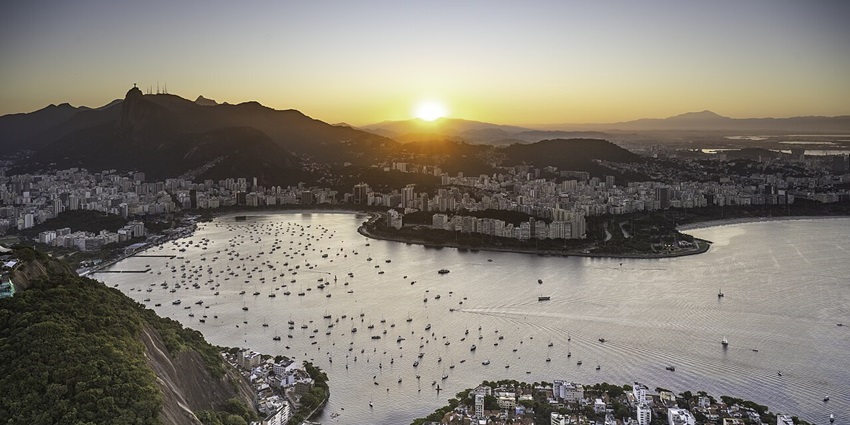
Photo: Wilfredo Rafael Rodriguez Hernandez / Wikimedia Commons
Settled along the Atlantic Ocean on the southeastern coast of Brazil, Rio de Janeiro lies wedged between green, forested mountains and great beaches with a striking natural landscape. Guanabara Bay lies to the east, historically an important water body for the city’s growth into a great port. Rolling hills and iconic peaks create the topography of the city and lend a dramatic skyline. In a tropical climate such as that of Rio de Janeiro, warm temperatures predominate throughout the year, attracting many travellers.
How To Reach

Photo: Apollo BR / Wikimedia Commons
By Air: Rio de Janeiro has two main airports – Galeão International Airport (international and domestic) and Santos Dumont Airport (regional).
By Road: Rio is quite well-linked through highways to such prominent cities as São Paulo (some 430 km) and Belo Horizonte (nearly 450 km). The common modes of transport are buses and rented cars.
By Train: Long-distance passenger trains are not of prime importance for reaching Rio but are in service for suburban trains operating within and around the city.
Things To Do
From admiring iconic landmarks to immersing yourself in vibrant local culture, here are some of the best experiences to explore in and around Rio de Janeiro, Brazil:
1. Visit Christ The Redeemer

Photo: Donatas Dabravolskas / Wikimedia Commons
Standing tall at 30 meters above Corcovado Mountain, which is 710 meters high, Christ the Redeemer is certainly one of the most popular monuments in the world. The statue, made up of reinforced concrete and soapstone, weighs approximately 635 metric tons. Access is provided by a train ride through Tijuca National Park or by shuttle vans from various points in the city. The overlook provides a 360-degree view of the city, encompassing landmarks such as Sugarloaf Mountain and Copacabana Beach. As a site of UNESCO registration, Christ the Redeemer receives millions of visitors annually.
Location: Corcovado Mountain, Tijuca National Park, Rio de Janeiro
Timings: 8 AM – 6 PM
2. Relax At Copacabana And Ipanema Beaches
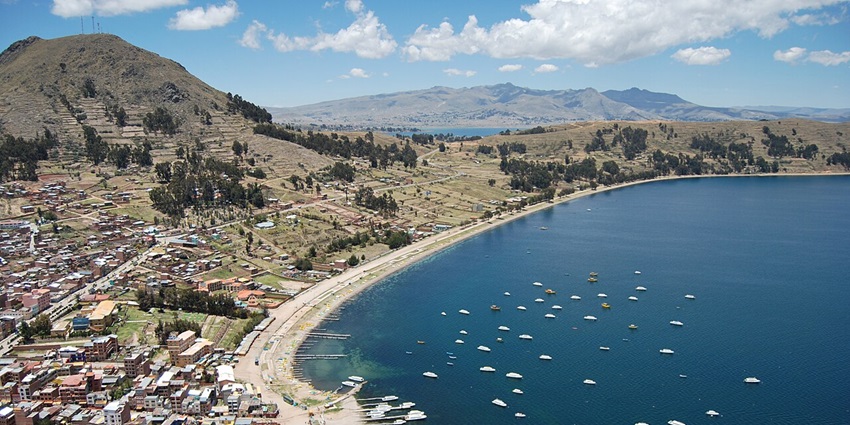
Photo: Samarasiña / Wikimedia Commons
Copacabana and Ipanema happen are the most celebrated beaches, renowned for a different vibe and golden sand. Copacabana stretches 4 kilometres along the Atlantic Ocean, bordered by historic hotels, including the fabled Copacabana Palace, the venue for beach soccer, beach volleyball, and New Year celebrations. On the other hand, Ipanema possesses a cosmopolitan air, boasting chic beach kiosks, boutiques, and a vivid cultural scene. The two beaches are separated by an outcropping of rock known as Arpoador, a popular place from where to admire the sunset.
Location: South Zone of Rio de Janeiro
Timings: 24*7
3. Explore Sugarloaf Mountain
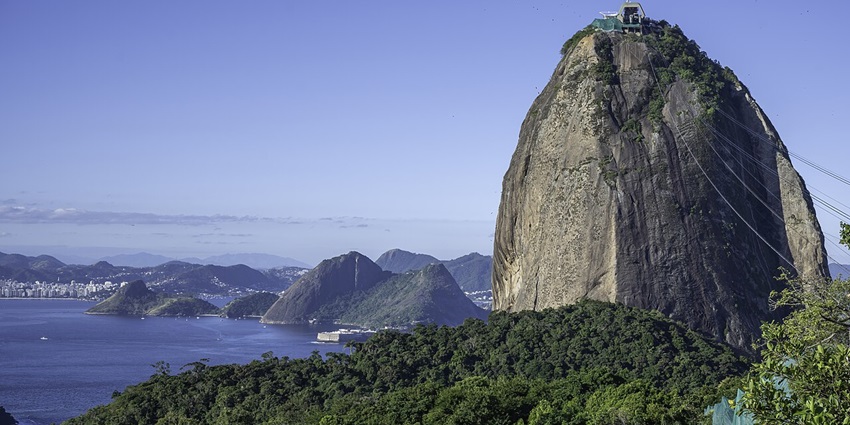
Photo: Wilfredo Rafael Rodriguez Hernandez / Wikimedia Commons
Sugarloaf Mountain (Pão de Açúcar) rises directly over Guanabara Bay by almost 396 meters and derives its name from its shape, reminding a traditional conical sugarloaf used in colonial times. Moreover, this peak boasts some thrilling panoramic views of Rio’s coastline, beaches, and urban sceneries. The ascent involves a two-stage cable car ride, the first leg from Praia Vermelha to Morro da Urca, and from there to Sugarloaf itself. It also has beautiful views at sunset when the lights come on in many areas of the city.
Location: Urca, Rio de Janeiro
Timings: 8 AM – 9 PM
4. Wander Through Santa Teresa

Photo: Matthias Bethke / Wikimedia Commons
Santa Teresa is a historic and bohemian district perched on a hill in the city. Well-known for its cobbled streets and colonial mansions, this artistic neighborhood goes back to the 18th century and has developed into a real cultural centre. Of the main attractions, there is the Santa Teresa tram (Bonde de Santa Teresa). Numerous art studios, museums, and cultural centers can be found here, including the Ruins Park (Parque das Ruínas), which provides incredible views of the city. Santa Teresa is well known for both its street art and its vibrant bars, filled with the reverberations of live samba music.
Location: Hillside neighborhood in central Rio
Timings: Varies
5. Experience The Selarón Steps

Photo: Donatas Dabravolskas / Wikimedia Commons
Selarón Escadaria is popularly known as the Selarón Steps. It is a 215-step staircase that bridges the Santa Teresa and Lapa neighborhoods. This colorful landmark was created by the Chilean-born artist Jorge Selarón as a tribute to the people of Brazil. This creative experiment began in the year 1990 and the artist covered the steps with over 2,000 diverse colorful ceramic tiles, originating from more than 60 countries. Yellow, green, and blue colors dominate the staircase to reflect Brazil’s flag. This stairway would evolve perpetually, being constantly embellished with new tiles.
Location: Between Santa Teresa and Lapa, Rio de Janeiro
Timings: 24*7
Places To Visit Nearby Rio de Janeiro
From stunning beaches to scenic mountain retreats, here are some nearby places you can visit around Rio de Janeiro, Brazil.
1. Petrópolis

Photo: Wilfredo Rafael Rodriguez Hernandez / Wikimedia Commons
Petrópolis is a mountain town located within the Serra dos Órgãos and once served as a summer retreat for the royal family of Brazil. Created during the 19th century, the place perfectly combines European elements like grand manors and cobbled streets with historical landmarks. The Museum Imperial displays royal artifacts from the time of Dom Pedro II, who received this imperial property as a summer palace. The Crystal Palace is a space that holds cultural events. The house of Santos Dumont is meant to honor Brazil’s top aviation pioneer, Santos Dumont, and much more that this region can offer-sceneries and hiking trails full of cascades.
Best Time To Visit: March to September
2. Búzios
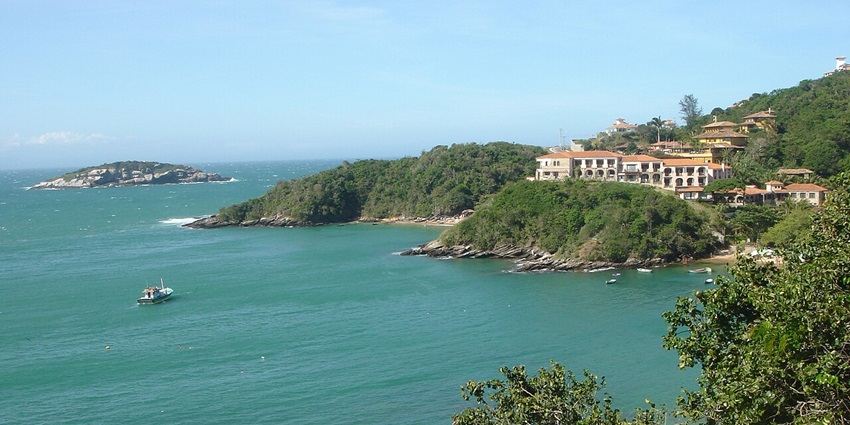
Photo: Mariordo / Wikimedia Commons
Almost a fishing hamlet in itself, Búzios received international attention only subsequent to the visit by Brigitte Bardot in the 1960s. Now fashioned into an elegant seaside retreat, it offers more than 20 incredible beaches, luxurious resorts, and nightlife. Geribá Beach is for surf lovers, while Ferradura Beach is just the opposite, with calm waters for swimming. Cobblestoned Rua das Pedras is the town centre where the entertainment and dining sector thrives in all its riotous glory. These boat tours provide an avenue for escaping the respective beaches and nearby islands.
Best Time To Visit: September to April
Where To Stay

Photo: Dennis G. Jarvis / Wikimedia Commons
The city could offer inexpensive as well as expensive accommodations made up of comfort with some Brazilian charm. Belmond Copacabana Palace is a good choice for its five-star-historically-beachfront hotel. Hotel Fasano Rio de Janeiro impresses with its elegant design and oceanfront view. Budget-friendly options include Selina Lapa Rio, which is nice yet inexpensive. There are also plenty of hostels scattered around Santa Teresa, a bohemian neighbourhood famous for its colonial charm.
Where To Eat
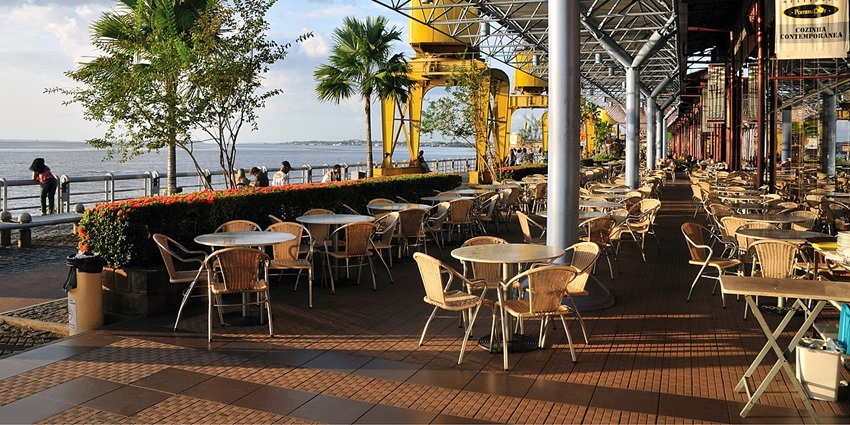
Photo: Cayambe / Wikimedia Commons / Image For Representation Only
To savour that authentic Brazilian flavour, Confeitaria Colombo will be fantastic with its vintage pastries served with coffee all in an incredibly stunning ambiance of Belle Époque. For carnivores who are in the mood for Brazilian-style barbecue, Churrascaria Palace is the place to be. Seafood lovers should consider Restaurante Aprazível, a little hill-town eatery in Santa Teresa that serves up mouthwatering views as well as traditional dishes like moqueca – Brazilian fish stew. Street food lovers would want to try Copa Sul Market’s soap opera if they are craving some pão de queijo plus a trip to Brazil for an acarajé.
Tips For Travellers

Photo: ian dooley / Unsplash / Image For Representation Only
- It is time well spent for at least 3 to 5 days for the beaches, landmarks, and cultural spots.
- Keep cash handy for little purchases from street vendors.
- Use only official taxis or Uber.
- Watch your belongings in crowded places.
Full of energy, culture, and picturesque views, Rio de Janeiro captivates you. From the buzz of its festivals to the calmness of its landmark edifices, it shows the best of every bit: something in the city just begs to be cherished. Golden beaches, chasing heights, and clubs and partying-for every traveller, something on offer. Plan a trip with TripXL and you enjoy your trip. Begin planning your adventure with us today!
Cover Photo: Donatas Dabravolskas / Wikimedia Commons


 WhatsApp
WhatsApp
 Twitter
Twitter









